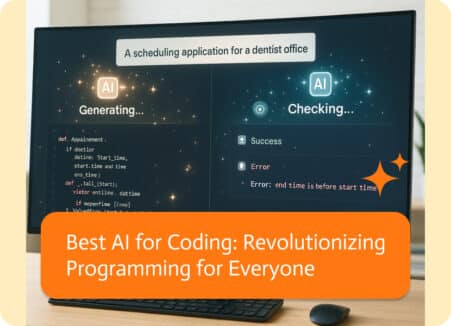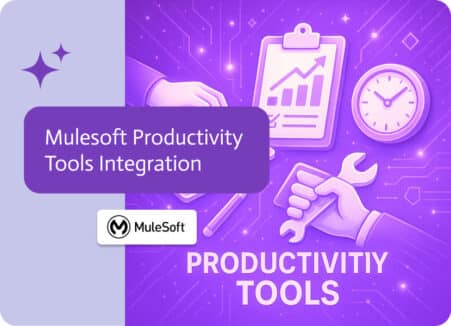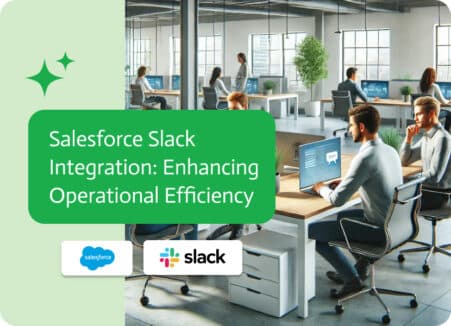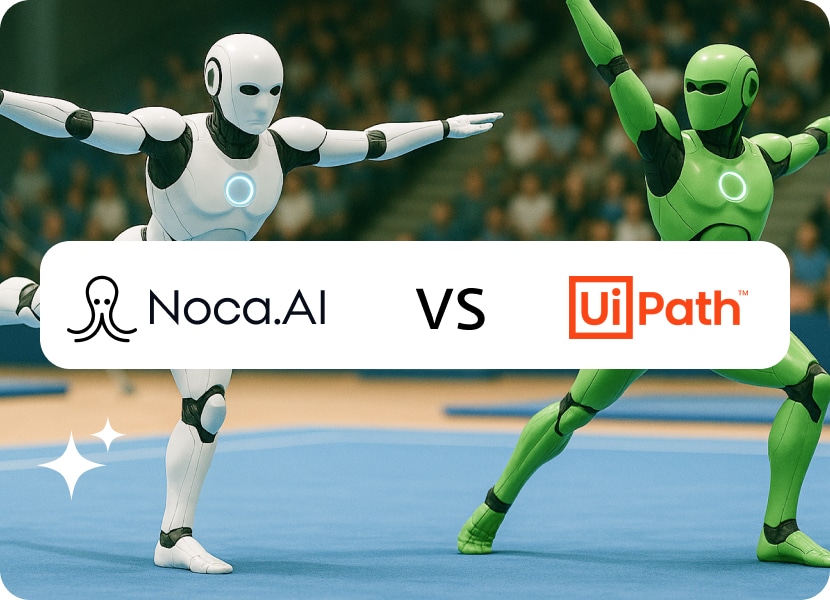
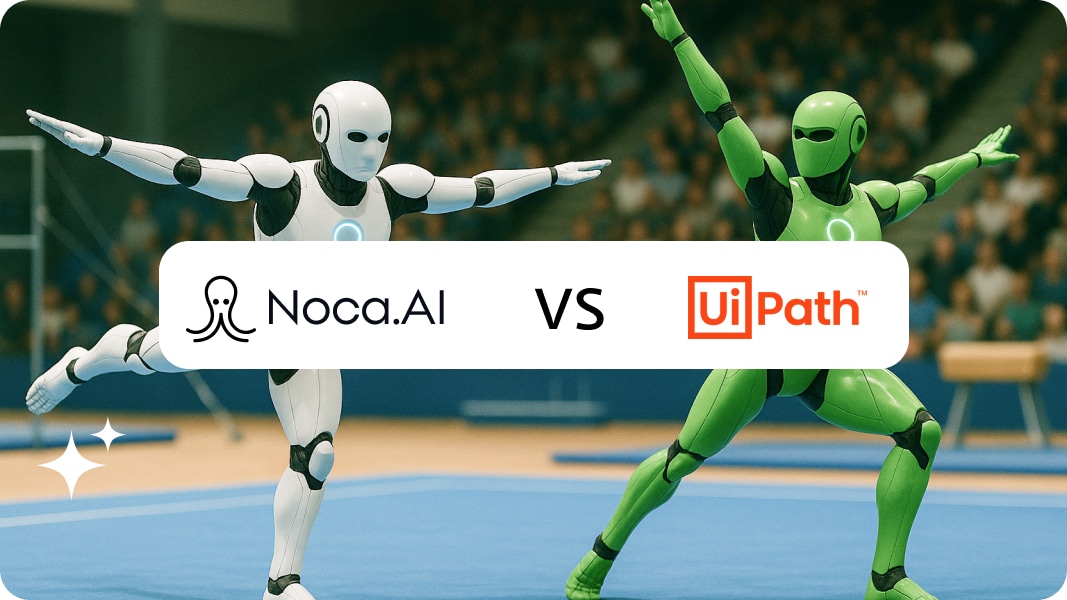
Noca vs. UiPath: Comparing Digital Employee Platforms
Do you recall the days when Excel spreadsheet macros were considered “automation”? Digital workers now think, adapt, and plan intricate workflows across whole business ecosystems rather than being instruction followers. Two challengers have emerged in the form of digital employee builders, and we pit them against one another here: Noca vs. UiPath in this quick comparison.
Noca, an enterprise-grade AI agents platform builder made for companies who need more than your basic robotic process automation, and UiPath, a $10 billion RPA behemoth who seems to be making a move to agentic AI.
Although they are taking radically different approaches to the issue, both believe they will overhaul how work gets done. UiPath contributes a vast war chest and decades of RPA experience. Noca offers a novel viewpoint designed for the AI-first era we’re leaping towards. Which platform, then, goes beyond basic task automation to fulfill the promise of digital employees who revolutionize your company?
The Leap from RPA to Agentic AI
In order to create software robots that could replicate humans, you know, like entering data and scraping screens. UiPath was founded in 2005 as an RPA company and they got really good at it, taking 35.8% of the RPA market and emerging as the go-to choice for businesses wanting to automate the repetitive, boring jobs.
The problem is that everyone, including UiPath, was taken aback by the AI revolution. Now, they’re vying to become an “agentic automation” platform instead of an RPA vendor. They introduced Maestro for orchestration, acquired Peak AI for cognitive intelligence, and expanded with AI Agent Builder. Their platform was even listed as one of the Best Inventions of 2025 by TIME magazine.
In contrast, Noca was created specifically for the digital employee era. Noca began with a different question, instead of retrofitting AI capabilities onto RPA infrastructure: can we create a platform that would enable anyone to create intelligent digital employees who are able to work with context, make decisions, and conveniently integrate with enterprise systems?
It matters that the DNA differs. From automation to intelligence, one platform is changing, and the foundation of the other is intelligence.
Noca vs. UiPath: Two Different Philosophies of Building an AI Workforce
The core of UiPath’s strategy is Maestro, their orchestration layer that was introduced in March 2025. Maestro is essentially a “digital conductor,” coordinating human workers, RPA robots, and digital employees throughout end-to-end processes. You connect various automation components and create workflows using BPMN 2.0 (Business Process Model and Notation), and Maestro ensures that as a whole, everything works.
The depth of the platform is impressive. Drag-and-drop workflow design is offered by UiPath Studio, business users can simplify it with UiPath StudioX, and ML models can be connected with an AI Center. Maestro offers a way for those who already have RPA investments to enhance deterministic automation with intelligence.
This is where things become a tad complicated, though. A steep learning curve is a common complaint you get from most users. One implementation partner noted that “as with most tools in this space, the visual construction feature is cool but soon becomes difficult to manage. Planning is important from a design standpoint as well as from a requirements perspective, which is understandable. So, when building in UiPath, one must think like an automation architect rather than a business user, outlining their requirements.
Noca has chosen to go in a totally different way and made it so much easier for everyone. When you explain your company’s needs in simple terms, i.e, using plain English, AI figures it out and gives you the right solution, or a few in most cases. Whether it be a digital employee, some kind of automation, or a fully deployable app, and it does this almost instantly.
Do you need someone who manages the entire process? Explain it. Do you want an agent that automatically places new orders based on smart thresholds and keeps an eye on inventory across five systems? Simply say it to Noca. In addition to creating the digital employee, it comprehends your business environment and develops solutions tailored to your requirements.
Noca boosts the building of it without requiring everyone to understand automation architecture or BPMN by allowing your teams to co-design, comment on instructions given, and iterate in a single shared space.
Noca vs. UiPath Integration Reality: Who Plays Nice?
By enabling automation within many systems, UiPath transformed RPA, especially when you take into account that their platform is compatible with hundreds of applications, ranging from legacy systems with green-screen interfaces to contemporary SaaS tools.
Robots, digital employees, and external systems are able to be coordinated by UiPath’s Maestro. Deep cooperation with OpenAI, NVIDIA, Google, Snowflake, and Microsoft has been announced, along with bi-directional integration with Microsoft Copilot Studio. The business promotes an “open ecosystem” strategy free from vendor lock-in.
However, technical know-how is still needed for integration in UiPath, which is one of the biggest drawbacks, in my opinion. You’re managing flows between components, configuring selectors, and connecting endpoints. Look, it works for companies that have specialized automation teams and RPA centers of excellence, yes. But this is where IT slows things down in companies that are overburdened.
The integration thought of Noca is essentially different. With AI Agent Orchestration, which deploys digital employees, automation throughout systems, monitoring data, and executing proactive actions, the platform links more than 500 applications and services, including marketing tools, e-commerce platforms, ERP, CRM, and more.
More significantly, Noca offers enterprise-grade compliance right out of the box with bidirectional integrations with just about any other enterprise system you can think of, and all of the apps adhere to the TRAPS framework.
Autonomous Digital Employees vs. Robots
Deterministic automation was the foundation of UiPath’s success, basically, robots that consistently and flawlessly follow instructions. At Fusion 2025, CEO Daniel Dines described how they are now orchestrating “the probabilistic pieces of generative artificial intelligence” with “the predictable nature of robots.”
According to their 2025 Agentic AI Report, 77% of IT executives intend to invest this year, and 90% of them have business processes that could benefit from agentic AI. Maestro, a control plane where people are still making the final decisions, agents handle non-deterministic work, and robots handle predictable work, is being positioned by UiPath as the solution to this.
The businesses using this are large clients with dedicated tech teams, substantial resources, and implementations that take months. Despite the hype, 37% of organizations are “already using” agentic AI, according to the 2025 report, meaning 63% are not.
By identifying shifting business conditions and cleverly modifying the most complex of workflows, Noca AI gives digital employees the aptitude to learn, adapt, and react dynamically.
What’s the difference? Within coordinated workflows, UiPath’s agents are aware of their precise responsibilities. While the whole business and how it operates is understood by Noca’s digital employees. By streamlining, spotting inefficiencies, suggesting the best course of action, and empowering the digital employees to take initiative, Noca has gone way beyond just simple responses.
Performance & Scalability of Noca vs UiPath
The enterprise credentials of UiPath are strong. Every month, they handle hundreds of thousands of automated actions for thousands of clients, such as Capgemini, Voya Financial, and JP Morgan. UiPath’s internal automation saved $59 million and 70,677 hours in just one quarter in FY24.
Maestro is a cloud-native platform that allows scaling across teams, geographies, and workloads, while their Automation Cloud offers elastic scaling. According to UiPath, their AI-powered Autopilot for Developers cuts down on automation development time by 75%.
However, as in most cases, complexity accompanies scalability, and users frequently complain about UiPath’s complicated licensing structure, which includes attended vs. unattended bot distinctions, robot units, automation cloud credits, and rapidly compounding add-on costs. Not all of the pricing nuances could be clearly explained by one analysis that looked at 10,000 different price combinations, and that’s exactly where Noca takes the edge
With Noca’s built-in fault tolerance, performance tuning, and auto-scaling, your app will remain dependable and quick even as usage increases. This is architectural, not coincidental. With real-time adaptation that enables digital employees to modify workflows instantaneously, as well as boasting complete visibility and control through easy-to-use dashboards.
Companies usually get results in a matter of weeks, with quicker development, fewer mistakes, and rapid delivery, so you’ll see a quantifiable return on investment almost instantly. When you’re trying to validate the idea before spending millions on infrastructure, that speed-to-value is essential.
Noca vs. UiPath Security & Governance
UiPath offers elastic data storage options in many regions and are certified and compliant. Maestro has continuous optimization capabilities, human-in-the-loop controls, and governance built in. A hub for ingesting automation, agent, and governance logs into enterprise compliance systems is offered by their Unified Audit 2.0. UiPath’s enterprise maturity makes it comfortable for when you’re working in a regulated environment. Their platform has proven to be effective where compliance is mandatory.
Every Noca application offers enterprise-grade compliance right out of the box by adhering to the TRAPS framework. This security is built into every digital employee from the ground up, not something that is added later.
The difference? UiPath built enterprise security over years of evolution. Noca designed it from the beginning. Both get you there, but the path matters when you’re moving fast.
What You’re Really Paying For
The cost of UiPath is infamously complicated, as mentioned earlier. Three tiers are available on the platform: Enterprise (?), Pro (starting at $420/month), and Free (for individual noncommercial use). However, that is only the beginning.
Organizations that require more unattended bots must upgrade to Enterprise plans, as Pro plans are limited to five. The monthly cost of unattended automation is $1,380. The monthly cost of the Automation team plan starts at $1,930. Automation Cloud, Robots, and Citizen Developer licenses are examples of add-ons that boost versatility, but that comes at a price.
Every year, enterprise pricing is negotiated; reports indicate that agreements for large deployments typically cost about $87,000. According to one analysis, small and medium-sized businesses’ total implementation costs, excluding licenses, could be anywhere between $10,000 to $50,000. Users frequently complain that the billing scheme is “complex and prohibitive,” even more so for smaller organizations, and that licensing fees are “relatively high.”
Noca’s pricing, however, is simple and incredibly well priced when compared to the market. There are 4 stages: Free, Starter at $20, Growth at $50, Scale at $150, and a Custom tier that covers everything a large enterprise could possibly need.
Noca vs. UiPath: Where Each Platform Excels
When you want to add intelligence to your existing RPA infrastructure, UiPath excels. UiPath’s depth and maturity are advantageous with regard to legacy system integrations, specialized RPA developers, and automation centers of excellence.
CEO-level commitment, several months of implementation, intensive training, and continuous technical support are usually necessary if you want your deployments to be successful though. As their own customer stories show, they deliberately choose “the hardest” challenges, invest heavily in process modeling and digital employee design, and iterate over weeks to achieve production-level accuracy.
Noca is intended for businesses that wish to create bespoke digital employees for processes outside of conventional RPA walls. Noca’s TRAPS framework is indispensable for companies in regulated industries that need enterprise-grade security and compliance from the get-go. Noca’s AI-first architecture is particularly beneficial for those who require digital employees that comprehend business context across integrated systems.
Organizations prioritizing speed-to-value want agents running in weeks, delivering ROI immediately, not after months of configuration and training. Business users who need to build and deploy agents without constant IT gatekeeping appreciate Noca’s conversational interface because it bridges business and technical necessities.
Noca vs UiPath: Orchestration vs. Intelligence
UiPath believes that orchestration will be the solution to agentic AI. A control plane that oversees a variety of digital employees, robots, and people in intricate processes is their vision. According to Maestro, UiPath is the “Switzerland” of automation because it is neutral, interoperable, and manages agents that are either third-party or UiPath-built.
It’s a good tactic for an established RPA company looking to preserve market share. Regardless of the origins of the agents, UiPath aspires to be the orchestration layer if agentic AI is the way of the future. Twenty distinct digital employees in the areas of marketing, customer success, sales enablement, and revenue operations are planned.
However, orchestration is predicated on having the technical know-how to create, set up, and oversee intricate multi-agent systems. It presumes that you are interested in automation architecture as opposed to merely resolving business issues.
Noca is betting on accessible intelligence and an evolution where businesses build the digital employees they need without requiring orchestration specialists, automation architects, or consultants charging $250/hour. Where digital employees aren’t just orchestrated, they’re contextually intelligent from the start.
The Real Question
There’s simply no doubt that digital workers will go from being experimental to being necessary by the end of 2025. The decision to create a digital workforce has already been made due to growing pressure from competitors and the market. The question is, do you want digital employees that are aware of your business from the start, or do you want enterprise-grade robot and agent orchestration?
UiPath offers extensive RPA knowledge, a strong track record of enterprise deployments, enormous resources, and an impressive pedigree. They’ve made something potent for companies, but only if they have the time and money to devote to appropriate orchestration and technical teams with automation infrastructure already in place.
But Noca brings something different: AI-first architecture, enterprise-grade infrastructure without enterprise complexity, the deepest integration capabilities designed for modern business systems, and a platform built for business users from the beginning — letting teams create fully functional web applications via prompt without writing a single line of code.
For organizations where digital employees need to do more than automate tasks, where they need to actually understand and comprehend context and orchestrate workflows intelligently, Noca’s approach delivers faster, measurable results.
